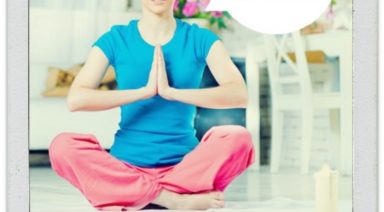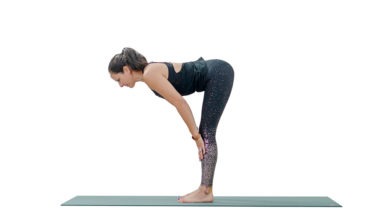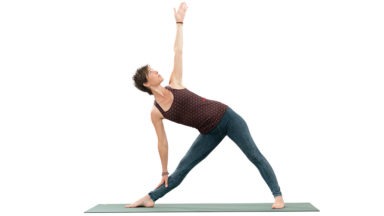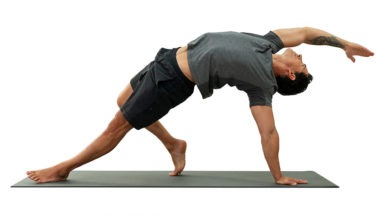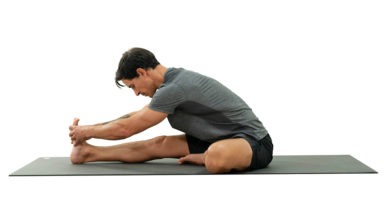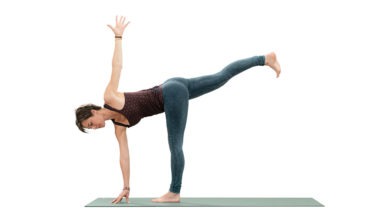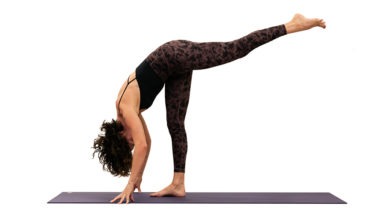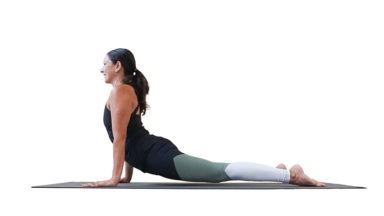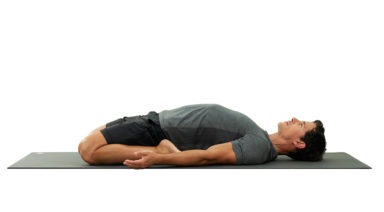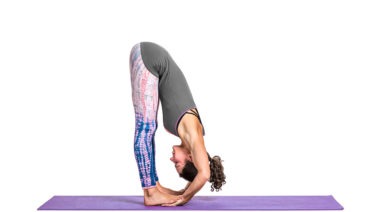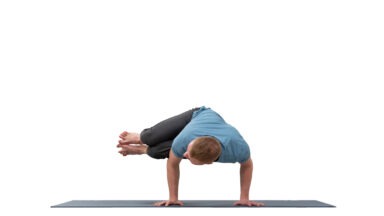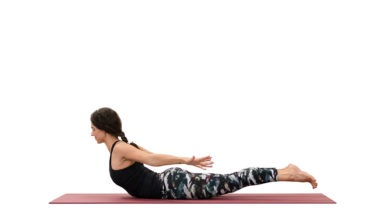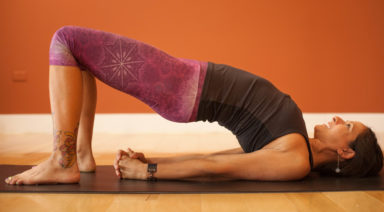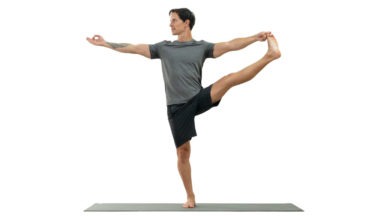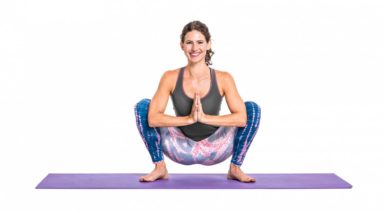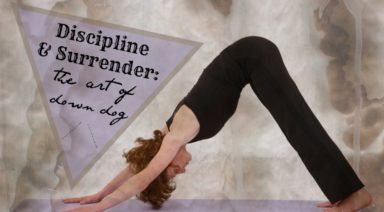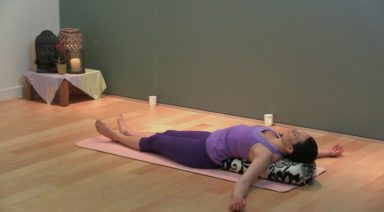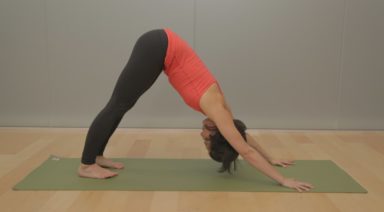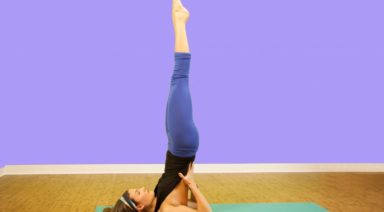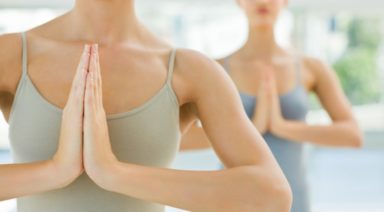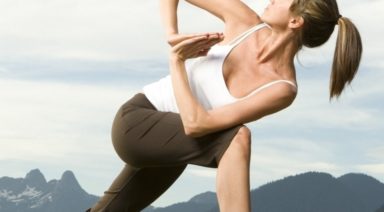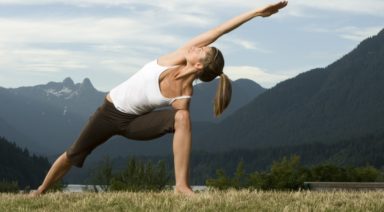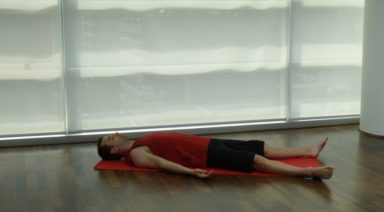SOLITUDE AND YOGA: DISCOVERING THE VALUE OF A HOME PRACTICE
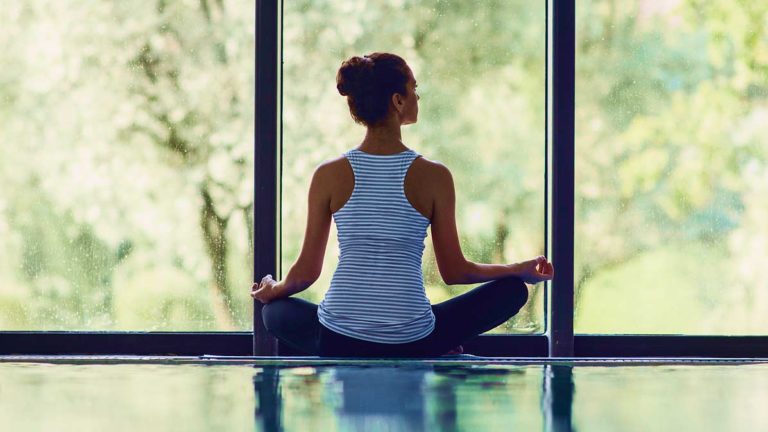
Many people say yoga has changed their lives, myself included. I started practicing in New York City, a place that has the potential be a yogi’s dream. There are expensive studios with a view, free yoga in the park, donation based studios, and celebrity instructors. You can find Kundalini, Bikram, [Ashtanga]/style/ashtanga-yoga}, power yoga, etc. You name it and New York probably has it. It’s something of a phenomenon there, often marketed as the preferred method of escape from the crazed city lifestyle.
I’d be lying if I said I didn’t enjoy my time in the fancy studios. I did. I looked forward to drinking my eight dollar green juice while heading to the studio that I paid an exorbitant amount of money to every month. The lululemon was on, toenails painted, and hair in a proper ponytail. In class I would try my hardest to nail that handstand, to remain in crow for longer than five seconds, and to ensure my stomach was constantly sucked in. At times I pushed my body passed where it was ready to go. While I knew this was a result of my vanity and my own issues, and not the fault of the studio, I was missing the most important aspect of yoga. I lacked the connection to self, the willingness to let go and just be and observe. While I knew there were people in my class who were able to block the outside world out (and I salute them for that), I also knew there were others who had experienced, and continued to feel the same fears and discomfort, that I felt.
HOW I DISCOVERED MY HOME PRACTICE
About six months ago I moved to China to teach English. I had no interest in inhaling pollution while running outside or in joining the rather unsanitary gym in my neighborhood, so I started looking into home fitness programs. This is what led me to discover online yoga videos. My home practice was the turning point for me in yoga. Almost everyday after work I turned off the lights, lit some candles, chose a video, unrolled my mat, and lost myself in my practice.
There was something simultaneously comforting and liberating about moving through the asanas in complete solitude. Nobody could see what I was wearing or what my hair was doing, and most importantly I wasn’t competing. I was completely in tune with my body, flowing through asanas the way it wanted; I was open and humble. My brain was turned off and my heart was speaking.On days I felt homesick, this process cured it all. Loneliness doesn’t exist when there is a strong connection to self.
If you’re totally in love with your group practice I’m certainly not suggesting you stop going, but adding a home practice once or twice a week may give you a different kind of connection to yoga, and to yourself. For me, I think it was the lack of outside stimuli that forced me to notice every bend of the knee, every transition and breath, the feeling of each vertebrae rolling onto the floor, the beauty of spinal twists. I stopped caring about how many people were still in crow. I was able to let go and ultimately improve my posture and asanas more than I ever had.
It’s important to mention that safety is the most important part of yoga. If you’re a beginner, it may be best to take a class with a professional instructor to ensure proper alignment, and to assist with any knee, back or shoulder issues you may have. There are also wonderful benefits to practicing with others, particularly the positive energy in the room and the sense of community.
Yoga, like life, is a journey. There is a lesson to be learned from every feeling and experience, good or bad. Group classes forced me to examine why I was turning yoga into something superficial. Nobody cared what I was wearing or how long I held a pose. That was all me. Ironically, I wasn’t able to figure that out until I practiced alone. Both solo and group practices have something incredible to offer each individual. If one scares you, all the more reason to try it. You’ll most likely discover something about yourself you didn’t know before.
A Daily Hygiene Routine for Yogis
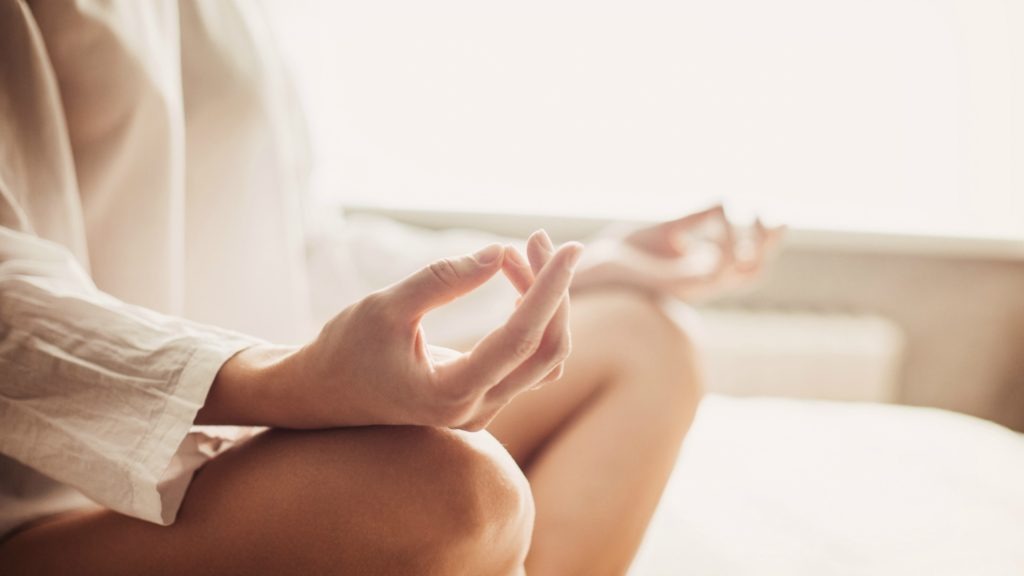
Ayurveda is the 5,000 year old sister science of yoga; it translates to “knowledge of life” in Sanskrit. Rooted in the elements of the earth and cosmos, Ayurvedic classifications or doshas include vata, kapha and pitta. The Ayurvedic practice of dinacharya, or “law of nature,” consists of daily self-care routines that promote balance in body, mind and spirit. Join sages and yogis around the world and add the practices below to your daily hygiene routine.
Wake Before the Sun
Morning is a time of quiet connection. Once the sun is in the sky, the clock of Ayurveda signals it is time to move and be productive. Waking early to begin the day offers a chance to connect energetically with self, rather than your inbox, first thing in the morning.
Meditate
The morning boasts fresh energy and serenity, so it serves as an important time for meditation. Find a few quiet moments to breathe and work your way to a longer meditation over time. Return to mindfulness through meditation at the end of the day, which supports more restful sleep.
Oil Pull
Swoosh oil, such as sunflower, coconut or sesame, around your gums and teeth for a few minutes each day. Oil pulling is effective in removing toxins and parasites, which reside in the nooks and crannies between teeth and in the gums. Work your way from 1-2 minutes to 15-20 minutes. Spit the oil in the trash when you are done and rinse your mouth with water.
Self-Massage
Known as Abhyanga in Ayurveda, self-massaging is often practiced in the morning and/or evening. It calms the nervous system, improves immunity, softens skin, and tones muscle. Use warm oil, such as coconut or sesame (depending on your dosha). Start at your scalp and extremities, then work your way towards your heart. Follow your massage with a warm bath or shower.
Tongue Scrape
Now commonly found in drugstores, tongue scraping is an ancient Ayurvedic technique. Try this practice in the morning: during your sleep, toxins and other organisms your body cannot process accumulate on your tongue.
Skin Brush
This Ayurvedic technique requires silk gloves or a dry skin brush. Start with your extremities and brush toward your heart, with the exception of brushing down the back and spine. This practice drains the lymphatic system and stimulates movement of energy. Take a warm shower or practice self-massage afterwards.
Nourish Yourself
Morning and evening meals should be light in comparison to your lunch. Afternoon is usually the best time of day for your heaviest meal. Agni, or digestive energy, is usually in full force in the afternoon. Avoid eating heavy meals before bed, as this will disrupt your sleep.
Head to Bed Early
Begin your evening ritual around 8:30pm to ensure a restful transition to bedtime. Unwinding with a book or a bath and avoiding screen time are important aspects of good bedtime hygiene. This routine may prevent late-night snacking. Around 10pm, pitta energy kicks back in which may spark a “second wind” and inhibit true rest.



